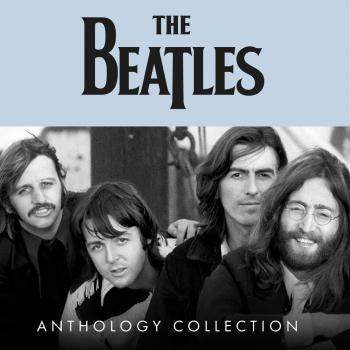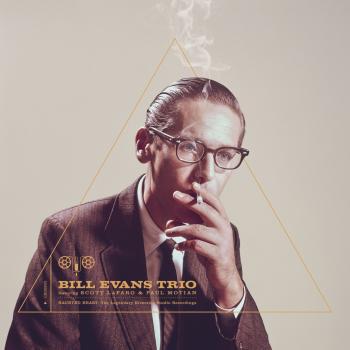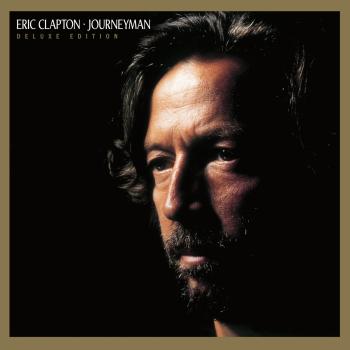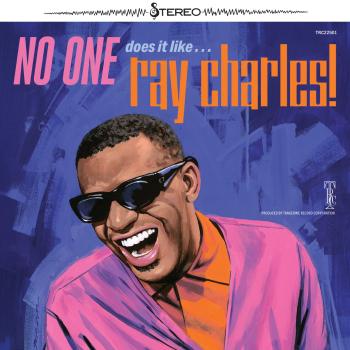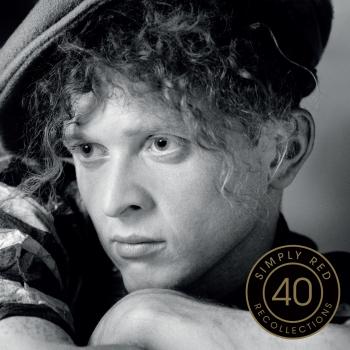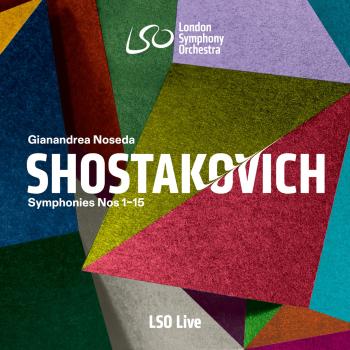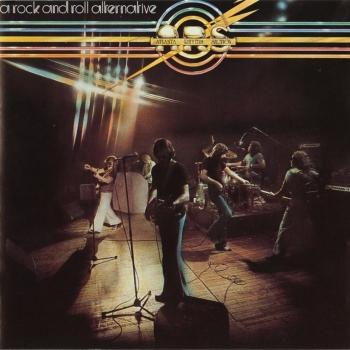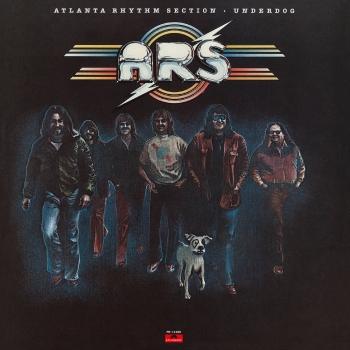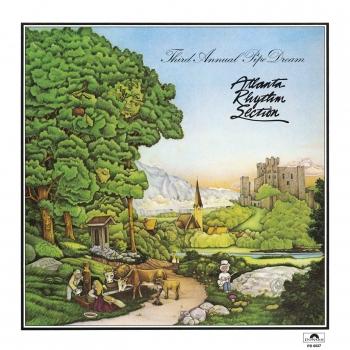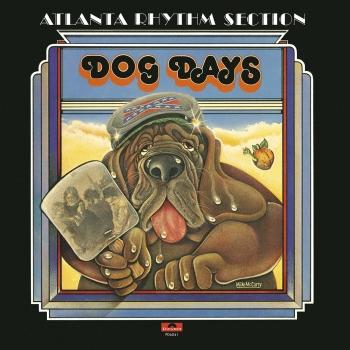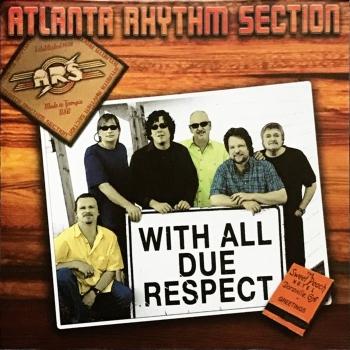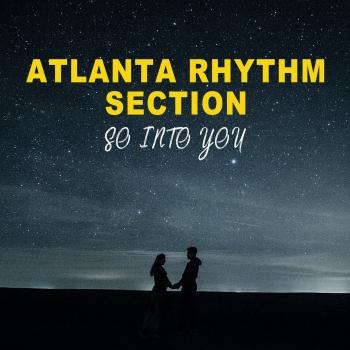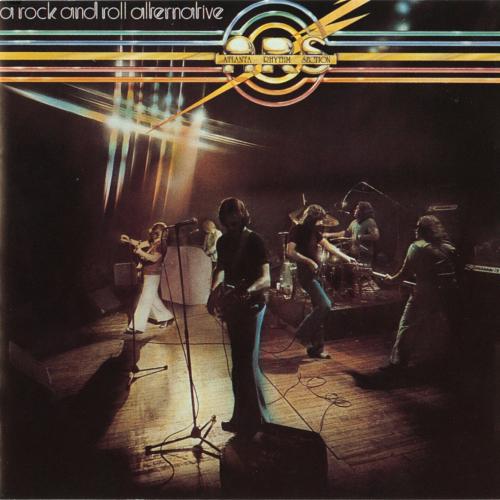
A Rock And Roll Alternative (Remastered) Atlanta Rhythm Section
Album info
Album-Release:
1976
HRA-Release:
22.06.2018
Album including Album cover
I`m sorry!
Dear HIGHRESAUDIO Visitor,
due to territorial constraints and also different releases dates in each country you currently can`t purchase this album. We are updating our release dates twice a week. So, please feel free to check from time-to-time, if the album is available for your country.
We suggest, that you bookmark the album and use our Short List function.
Thank you for your understanding and patience.
Yours sincerely, HIGHRESAUDIO
- 1 Sky High 05:17
- 2 Hitch-Hiker's Hero 03:38
- 3 Don't Miss The Message 03:33
- 4 Georgia Rhythm 04:53
- 5 So Into You 04:20
- 6 Outside Woman Blues 04:54
- 7 Everybody Gotta Go 04:11
- 8 Neon Nites 03:58
Info for A Rock And Roll Alternative (Remastered)
The Atlanta Rhythm Section swings, and that makes them prime contenders to join Lynyrd Skynyrd in filling the Southern rock void left by the Allman Brothers' painful dissolution. Unlike any of the competition, including Skynyrd, the Rhythm Section has developed a subtle synthesis that uses a pop sensibility where other bands plug in country influences. There's little doubt that with proper luck the Atlanta Rhythm Section could become the biggest hitmakers of any Southern band.
"So in to You" shows off all the band's best qualities. A propulsive rhythm is maintained by guitars and pianists, Dean Daughtry's finely syncopated keyboards are integral to the band's sound, not an afterthought. The rhythmic combinations of guitars and piano give singer Ronnie Hammond the soft-edged backup that is best for his pop-smooth voice, with multitracked harmonies heightening the effect. Barry Bailey's lead guitar dances atop this configuration with a light touch that, like Daughtry's, owes as much to a jazzman's subtlety as to a bluesman's growl.
"Georgia Rhythm" and "Neon Nights," which appeal both as melodies and instrumental workouts, similarly display the Rhythm Section's smooth integration of styles. The band's twin guitars highlight both: chunky rhythms embody the former's description of life on the rock & roll road, while the smoky jazz chordings of the latter beautifully capture the buzz of neon. The album's guitar showpiece, "Outside Woman Blues," stands up admirably next to Cream's version; the Rhythm Section has stretched out the tune's taut rhythm and left Bailey to maintain the tension with his long and combustive lead lines.
The Atlanta Rhythm Section is equally adept at hard rock and light -- "Sky High," which recalls the earlier "Crazy," and "Don't Miss the Message" are this set's hardest stuff -- but it's their smoothly swinging sense that distinguishes them from the other rebel rockers. This is their best album -- Dog Days comes in a close second -- and if it isn't the Rock and Roll Alternative its title presumptuously proclaims, it just might prove we don't need one. (John Milward, Rolling Stone)
Barry Bailey, guitar
Buddy Buie, vocals
J.R. Cobb, rhythm guitar, background vocals
Dean Daughtry, keyboards
Paul Goddard, bass
Ronnie Hammond, vocals, background vocals
Robert Nix, percussion, drums, vocals, background vocals
Produced by Buddy Buie
Digitally remastered
Atlanta Rhythm Section
Often described as a more radio-friendly version of Lynyrd Skynyrd or the Allman Brothers, the Atlanta Rhythm Section was one of many Southern rock bands to hit the upper reaches of the charts during the late '70s. Hailing from the small town of Doraville, Georgia, the beginning of the Atlanta Rhythm Section can be traced back to 1970. It was then that a local recording studio was opened, Studio One, and the remnants of two groups (the Candymen and the Classics Four), became the studio's house band. One of the facility's head figures, Buddy Buie, soon began assembling the session band -- singer Rodney Justo, guitarist Barry Bailey, bassist Paul Goddard, keyboardist Dean Daughtry, and drummer Robert Nix. After playing on several artists' recordings, it was decided to take the band a step further and make the group of players a real band, leading to the formation of the Atlanta Rhythm Section.
Atlanta Rhythm SectionBuie soon became an invisible fifth member of the fledgling band; he served as their manager and producer, in addition to providing a major hand in the songwriting department. Finding time between sessions to record their own original material (which was initially, entirely instrumental), an early demo wound up landing the band a record deal. The group's first few albums failed to generate much chart action (1972's Atlanta Rhythm Section, 1973's Back Up Against the Wall, 1974's Third Annual Pipe Dream, 1975's Dog Days, and 1976's Red Tape), but it was during this time that Justo was replaced with newcomer Ronnie Hammond, which would eventually pay dividends for the group. Although they had gained quite a bit of radio airplay down south, their record company began to put pressure on the quintet to deliver a single that would break them nationally. The demand worked -- the Atlanta Rhythm Section scored a Top Ten single, "So Into You," on their next release, 1976's A Rock and Roll Alternative, which was the group's first album to reach gold certification.
Champagne Jam But this wouldn't be the group's commercial peak, as they scored the highest charting album of their career in 1978, the Top Ten Champagne Jam, which spawned two hit singles -- "I'm Not Gonna Let It Bother Me Tonight" and "Imaginary Lover." To keep up their high profile, the Atlanta Rhythm Section soon became one of the hardest touring bands of the entire Southern rock genre (including a performance at the White House for then-president Jimmy Carter). But the group's commercial success would be fleeting -- it appeared as soon as mainstream rock fans embraced the Atlanta Rhythm Section, they just as quickly forgot about them. Each subsequent album -- 1979's Underdog and live set Are You Ready, 1980s The Boys from Doraville, and 1981's Quinella -- sold less than the previous one, resulting in the band's split shortly thereafter.
In the wake of their split, the Atlanta Rhythm Section has reunited sporadically for tours (although only a few original members would be present), and issued their first all-new studio album in more than a decade in 1999, Eufaula. Additionally, some of country-rock's biggest names have gone on to record Atlanta Rhythm Section covers -- Travis Tritt, Wynonna Judd, and Charlie Daniels, among others. (Greg Prato, AMG)
This album contains no booklet.

